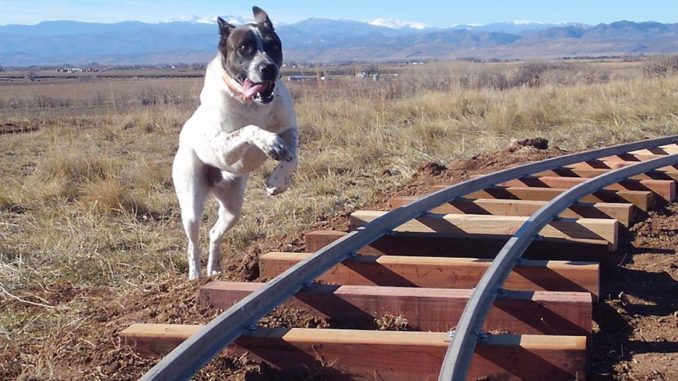
The Southwest Chief and Front Range Passenger Rail Commission have received a $548,000 federal grant this month to move to a more intensive phase in comprehensive planning efforts for the 180-mile Front Range Passenger Rail Project.
Southwest Chief and Front Range Passenger Rail Commission are leading the Front Range Passenger Rail Project. The U.S. Department of Transportation announced the award of the Consolidated Rail Infrastructure and Safety Improvements (CRISI) grant to the commission which came as part of a nationwide disbursement of CRISI grants.
“This funding will ensure that the Front Range Passenger Rail Project can move forward into detailed stages that will help determine specific engineering and operational challenges as well as give us a far better understanding of potential benefits and costs,” said Randy Grauberger, project director for the Rail Commission.
The Colorado Department of Transportation (CDOT) along with a consulting firm is assisting the Rail Commission on the project as a team. Also, the BNSF Railway, Union Pacific Railroad, and RTD are also working together closely on the project.
The Rail Commission has been tasked with creating a viable plan to operate passenger rail service from Pueblo to Fort Collins and reporting that plan to the legislature. The legislature will then have to determine how to move forward from that point on.
The federal CRISI grant will be matched by $137,000 in contributions from the Rail Commission, Pueblo County, the City of Trinidad, and the Colorado Chapter of the Rail Passengers Association which is a national organization that advocates for passenger rail. The grant will help define the project and display its overall readiness to advance to a federal planning and approval process.
The grant will allow the project team to the following:
- determine specific types of train equipment and technology needed and what infrastructure is needed, such as rail sidings, signals, and double-tracking;
- identify a reasonable range of alignment alternatives as well as service frequency and speeds;
- determine potential locations of stations and maintenance facilities and develop conceptual designs for them;
- develop revenue projections for the rail service;
- determine connections to other transit services, bicycle, and pedestrian paths, and parking;
- develop cost estimates for construction, equipment purchases, operation, and maintenance;
- estimate specific benefits such as reduced congestion and emissions; and
- recommend options for a governance structure such as a Front Range Rail District, rail authority, etc.
For more information regarding the Front Range Passenger Rail, visit: https://www.frontrangepassengerrail.com
Support Northern Colorado Journalism
Show your support for North Forty News by helping us produce more content. It's a kind and simple gesture that will help us continue to bring more content to you.
BONUS - Donors get a link in their receipt to sign up for our once-per-week instant text messaging alert. Get your e-copy of North Forty News the moment it is released!
Click to Donate
